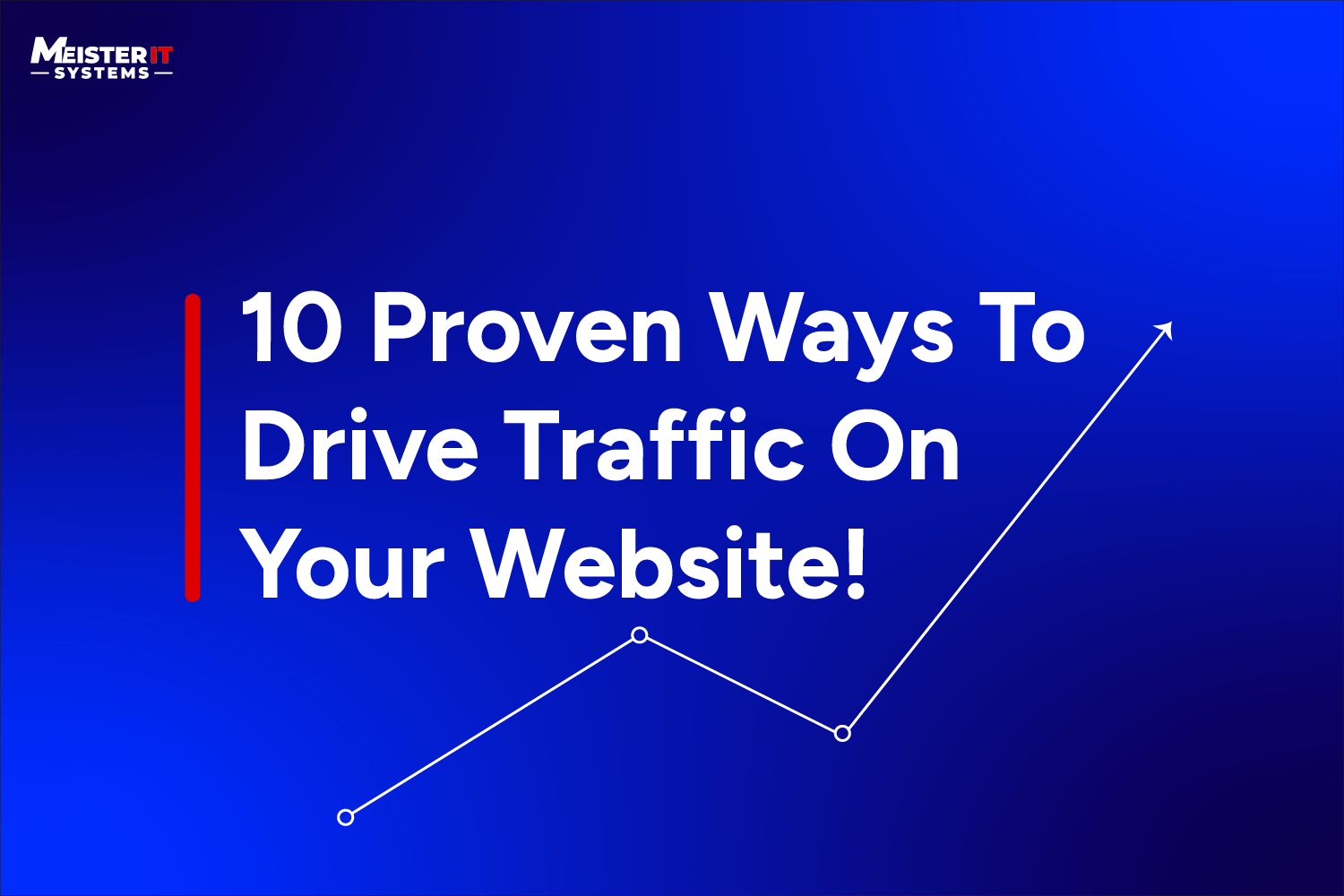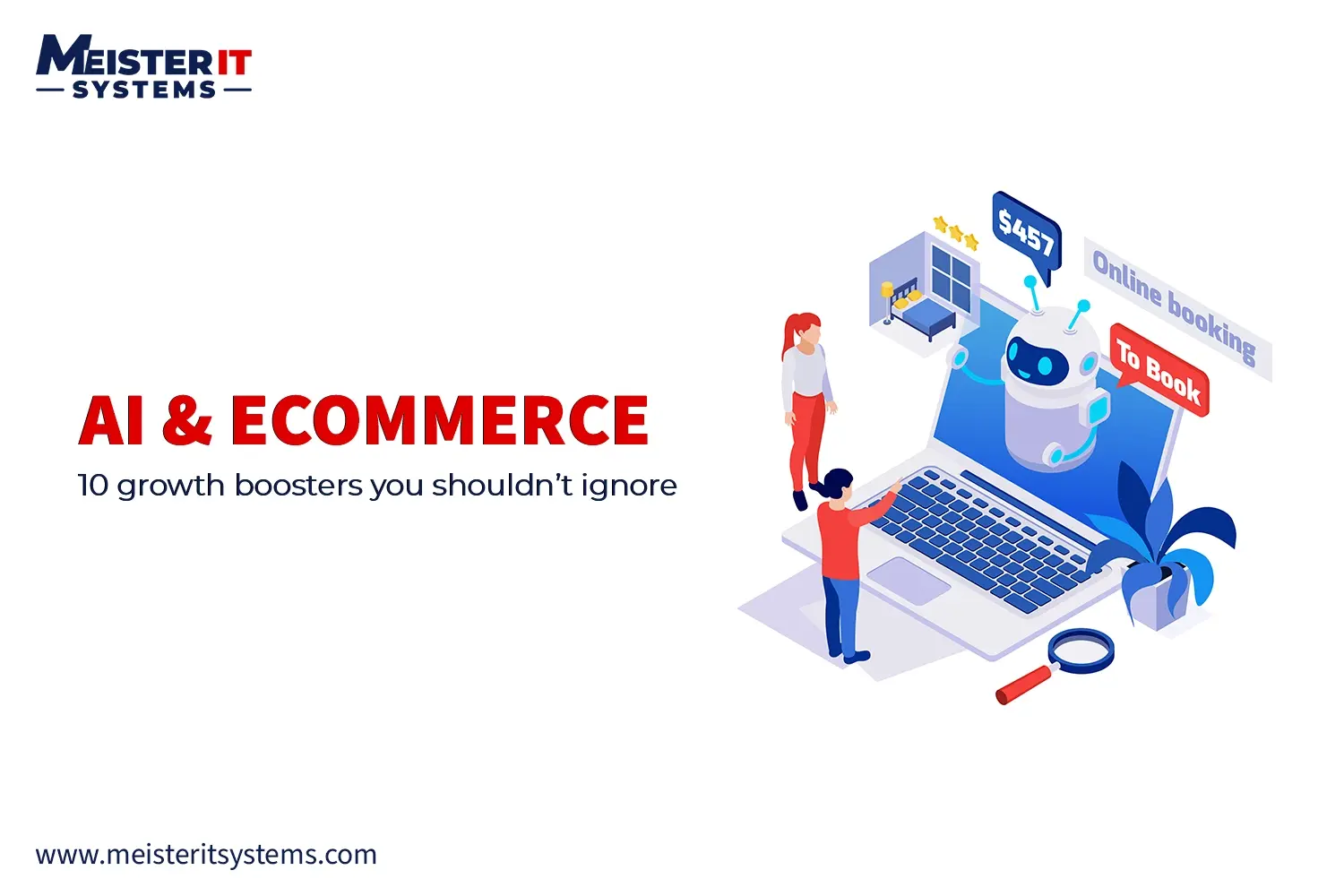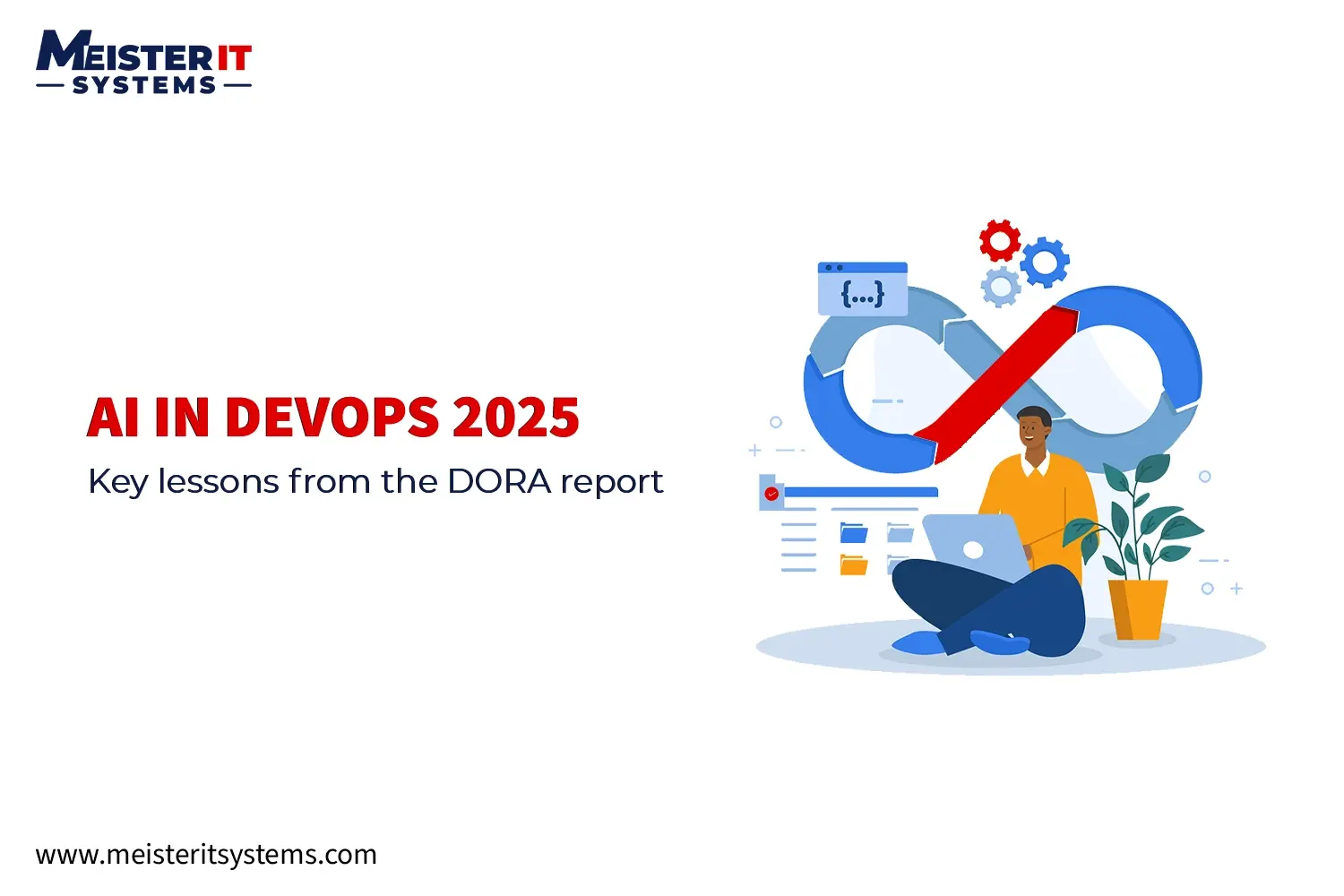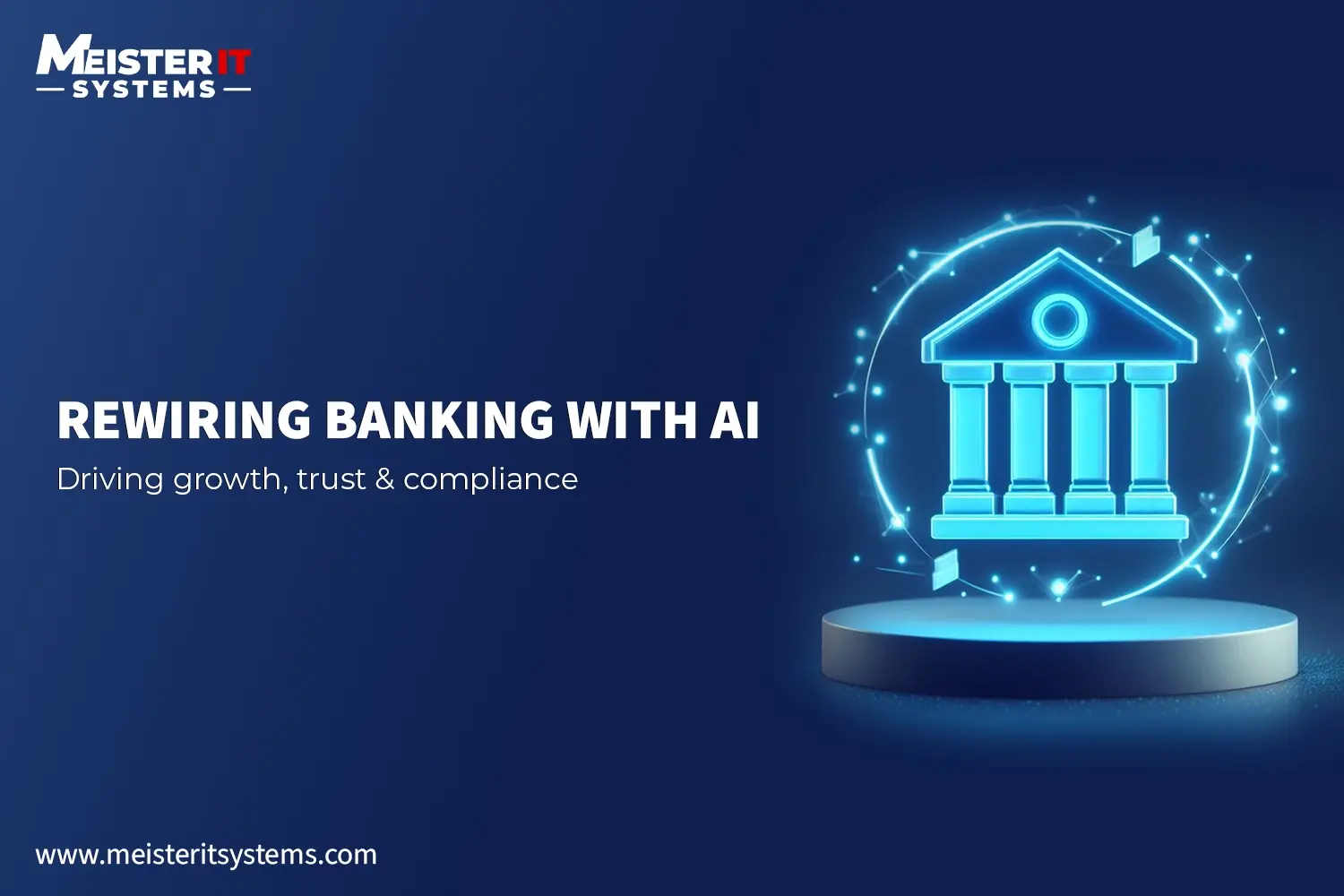
Did you know?
“According to the Content Marketing Institute research, 63% of content professionals are challenged with finding enough staff skilled in content strategy which is one of the top drivers of website traffic.”
In the digital age, a website serves as the virtual storefront for businesses, acting as a gateway to products, services, and information. However, with millions of websites vying for attention, the biggest challenge is driving traffic to your site and keeping visitors engaged. Whether you’re a budding entrepreneur, a seasoned blogger, or a small business owner, understanding how to increase website traffic is essential for success in an online landscape.
So, in this article, we’re delving into the most effective strategies to boost website traffic and maximise online visibility.
1. Optimise for Search Engines (SEO)
We think we don’t need to tell you about the power of search engine optimisation in the online world, you all must be aware of it. Embrace the power of search engine optimization (SEO) to enhance your website’s visibility on platforms like Google. Make sure you implement proper on-page and off-page strategies to optimise your website. Perform keyword research using tools like Google Keyword Planner or SEMrush to identify relevant search terms for your niche. You must incorporate these keywords strategically into your website’s content, including titles, meta descriptions, headings, and image alt text. Focus on creating high-quality, informative content that addresses the needs and interests of your target audience. Moreover, optimise your website’s loading speed, improve mobile responsiveness, and secure it with HTTPS to improve its search engine ranking.
2. Content is King
Engaging, informative, and shareable content is the backbone of any successful website. Create compelling blog posts, articles, videos, infographics, and podcasts that resonate with your audience. Make sure that your content offers valuable insights, practical tips, and solutions to your audience’s problems and requirements. You also need to remember that consistency is key, establish a content calendar and publish fresh content regularly to keep visitors coming back for more. Encourage social sharing by integrating social media buttons and actively promoting your content across various platforms.
3. Take Leverage Of Social Media
Enhance the reach of your website with social media platforms such as Facebook, Twitter, Instagram, LinkedIn, and Pinterest. You can build a strong presence on social media by sharing your content, engaging with your audience, and participating in relevant conversations. Post high-quality visuals to captivate users’ attention and drive traffic back to your website. Remember, you can also take advantage of social media advertising options to target specific demographics and increase visibility. Lastly, engage with influencers and collaborate on campaigns to expand your reach further.
4. Implement Email Marketing Campaigns
Over the years, email marketing has gained much traction to drive website traffic. It helps reach out wide target audience, convey your message, and drive conversions. So, if you want traffic on your website, we recommend incorporating email marketing strategies in your digital marketing plans. For this, make a list of subscribers who have opted to receive regular updates from your websites. Once done, the next step is to craft compelling email campaigns offering value to your subscribers by including discount coupons, personalised recommendations, informative blogs, and more. Categorise your campaigns based on demographics, interests, purchasing preferences, and more to share content that resonates with each group. Also, insert a compelling call to action to encourage your audience to visit your website.
5. Opt for Guest Blogging and Collaboration
Guest blogging allows you to reach a wider audience while establishing yourself as an authoritative figure in your field. For this, forge mutually beneficial partnerships with other websites, bloggers, and influencers in your niche. Identify reputable websites that accept guest contributions and pitch them with well-crafted content ideas. Similarly, collaborate with influencers to co-create content, host webinars, or run contests that drive traffic to both parties’ websites. You can also cross-promote each other’s content on social media channels to maximise exposure.
6. Engage in Online Communities and Forums
Look for discussion groups,online forums, and community platforms relevant to your niche and sign up for them. Do an active participation on these communities and offer valuable information to the readers. Doing this will help you to establish yourself as a trustworthy resource. Make sure to avoid promotional tactics, rather focus on building genuine relationships with the other members of the group. Include your website link in your forum signature or profile to drive traffic from these platforms.
7. Optimise your business for Local Search
If your business serves a local audience, prioritise local SEO strategies to increase your visibility in location-based searches. Create a Google My Business profile and ensure that your business information is accurate, complete, and consistent across all online platforms. Focus on customer satisfaction and encourage them to leave positive reviews, resulting in improving your local search ranking. Additionally, optimise your website’s content and meta tags with local keywords and phrases relevant to your area.
8. Invest in Pay-Per-Click (PPC) Advertising
Supplement your organic traffic efforts with targeted PPC advertising campaigns. Platforms like Google Ads and Bing Ads allow you to bid on keywords relevant to your business and display ads to users searching for related topics. Craft compelling ad copy and design eye-catching visuals to entice clicks. Monitor your campaigns closely, analyse performance metrics, and refine your strategies to optimise return on investment (ROI). Experiment with different ad formats, targeting options, and bidding strategies to find what works best for your website.
9. Monitor and Analyse Website Traffic
Once you incorporate all the above-mentioned tips in your SEO strategy, use web analytics tools like Google Analytics to track your website’s traffic sources, user behavior, and conversion metrics. Identify which channels are driving the most traffic and which pages are performing best. Once you gather the data, use it to refine your marketing strategies, optimise your website’s performance, and identify areas for improvement. Regularly monitor key performance indicators (KPIs) such as bounce rate, time on site, and conversion rate to gauge the effectiveness of your efforts.
10. Stay Updated about the trends
The digital landscape is constantly evolving, with new trends, algorithms, and technologies emerging regularly. Stay informed about the latest developments in digital marketing and customise your strategies accordingly. Embrace innovation, experiment with new tactics, and be prepared to pivot if necessary. Continuously test and refine your approaches to stay ahead of the competition and drive sustained growth in website traffic.
Conclusion
In conclusion, increasing website traffic requires a multifaceted approach encompassing SEO, content marketing, social media engagement, email marketing, collaborations, and paid advertising. By implementing these strategies tailored for your needs and consistently delivering value to your audience, you can attract more visitors to your website, enhance brand visibility, and ultimately achieve your business objectives.
Remember, success doesn’t happen overnight, but with dedication, persistence, and strategic planning, you can unlock the full potential of your website and propel it to new heights of success in the digital realm.
Need assistance to increase traffic on your website? Get in touch with our digital marketing team!






















